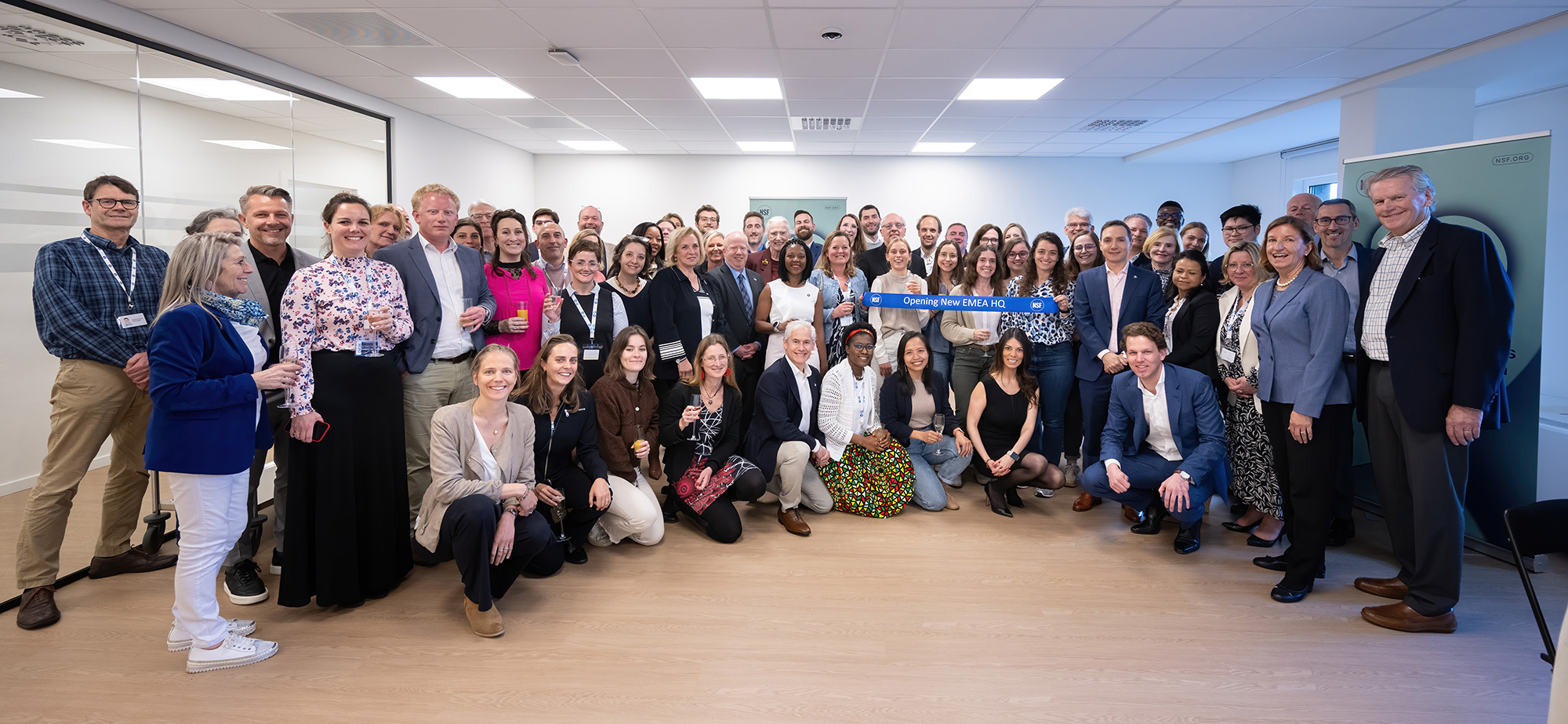In the Time of COVID-19: Building Water Systems With Low Demand Require Care
This article written by NSF’s Marcos Bensoussan and Fernando Fonseca was originally published in Infra FM magazine in Portuguese and is reprinted with permission here in English.
Combating the new coronavirus (SARS-CoV-2), which causes the respiratory disease known as COVID-19, has required some changes in our routine in order for us to decrease its proliferation. Avoiding touching on your face, routinely washing your hands and cleaning objects, and coughing and sneezing by covering your mouth with a tissue or with the inside of your elbow are just some of these control measures.
Community actions such as canceling classes, restricting trade, closing buildings to the public and migrating people from the office to work in their homes have left an enormous number of buildings throughout the world underutilized or practically unused. Consequently, water consumption drops in these buildings.
With lower water consumption, the building water system will have low to no flow in its piping systems and storage tanks. The increased time between when water enters the system and when it is consumed or discarded causes areas of stagnant water. This will have negative impacts on water quality in the building such as a change in color and taste, increased corrosion processes and, mainly, microbiological growth and biofilm formation.
The longer the standing time of water in the building system, the longer bacteria and microorganisms will have to proliferate and concentrate to levels that can generate infections and health problems for the users of the systems. Several types of diseases may have an increased risk in a system with low-flow or standing water, including gastrointestinal infections, severe pneumonias (such as those caused by Legionella bacteria) and skin infections (such as those caused by fungi and Pseudomonas).
To make the water system safer during situations of low water demand in buildings, it is important to maintain:
- Consistent disinfectant residual throughout the system. The disinfectant residual (such as chlorine) is essential to maintain the hygiene of water systems and to fight the proliferation of microorganisms. Maintaining a consistent residual through regular use or flushing as well as associated treatments (such as filtration and pH adjustment) is essential to mitigating biofilm growth. If the building uses supplemental disinfection, it may be necessary to resize the treatment to a smaller flow of water.
- Water storage at the lowest level. To reduce the impact of microbiological growth in the water storage tanks, it may be necessary to keep them at a lower level than normal so that the stored water is renewed at most every 72 hours. For example, if the reservoir has 3,000 gallons and the water consumption is 1,000 gallons per day, keep the maximum level of water in the reservoir at 33%. Care must be taken to always keep the minimum reserve for fire suppression systems.
- The flow of water in the pipes. Assess which distribution lines have low to no water consumption and perform drainage at consumption points to maintain a minimum flow in the pipes. Prioritize pipes that feed drinking fountains, food handling places and showers. Consistent flow is essential so that there is less time for biofilms to adhere to distribution piping and for ensuring there will be residual disinfectant sent to these areas. No piping should go more than five days without water renewal.
- Hot water system operation. It is important to keep the central hot water system in normal operation. As the disinfectant residual tends to volatilize at higher temperatures, for microbiological control the temperature in the water heater should be at around 140° F (60° C) and in distribution around 122° F (50° C). Just like in the cold water system, hot water pipes must have water flow, avoiding standing water for more than 72 hours. To avoid the risk of burns, mixed hot/cold water valves play an essential role; otherwise warnings can be used to alert the user to the high water temperature.
- Routine monitoring and analysis of water quality. It is important that monitoring (such as for residual disinfectant, temperature and turbidity, among others) and water quality analysis (such as for Legionella) continue to assess the impact of low demand. Before normal use of the building resumes, it is also important to assess the cleanliness of the water storage tanks and to drain all consumption points for general water renewal; when there is supplemental treatment in place, the residual chlorine may be maintained slightly above normal for a week for more efficient control of water quality. Thus, the occupants, when returning, will have renewed water in the system.
These simple measures can renew the water in building systems and, thus, reduce the impact of microbiological growth and other problems in situations of low demand. They are efficient and can be applied to practically all types of building systems, but they are not specific enough to keep the water completely safe for normal consumption and use.
Other hazards and hazardous conditions can exist in a building’s cold and hot water systems, as well as in several other systems such as cooling systems. For this reason, it is always recommended that every building develop a water management program based on a site-specific risk assessment that considers the potential waterborne hazards in the building, including effects on human consumption, aspiration and contact with skin and mucous membranes. Only then can we have a secure system during periods of both low flow and normal operation.
Marcos Bensoussan is Director, Latin America, Water Division at NSF, and Fernando H. Fonseca is Technical Manager, Water Division at NSF Health Sciences. Both are based in NSF’s Sau Paulo, Brazil location.
How NSF Can Help You
Get in touch to find out how we can help you and your business thrive.

